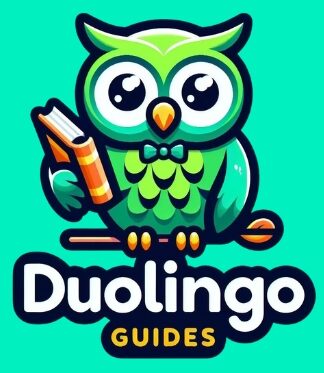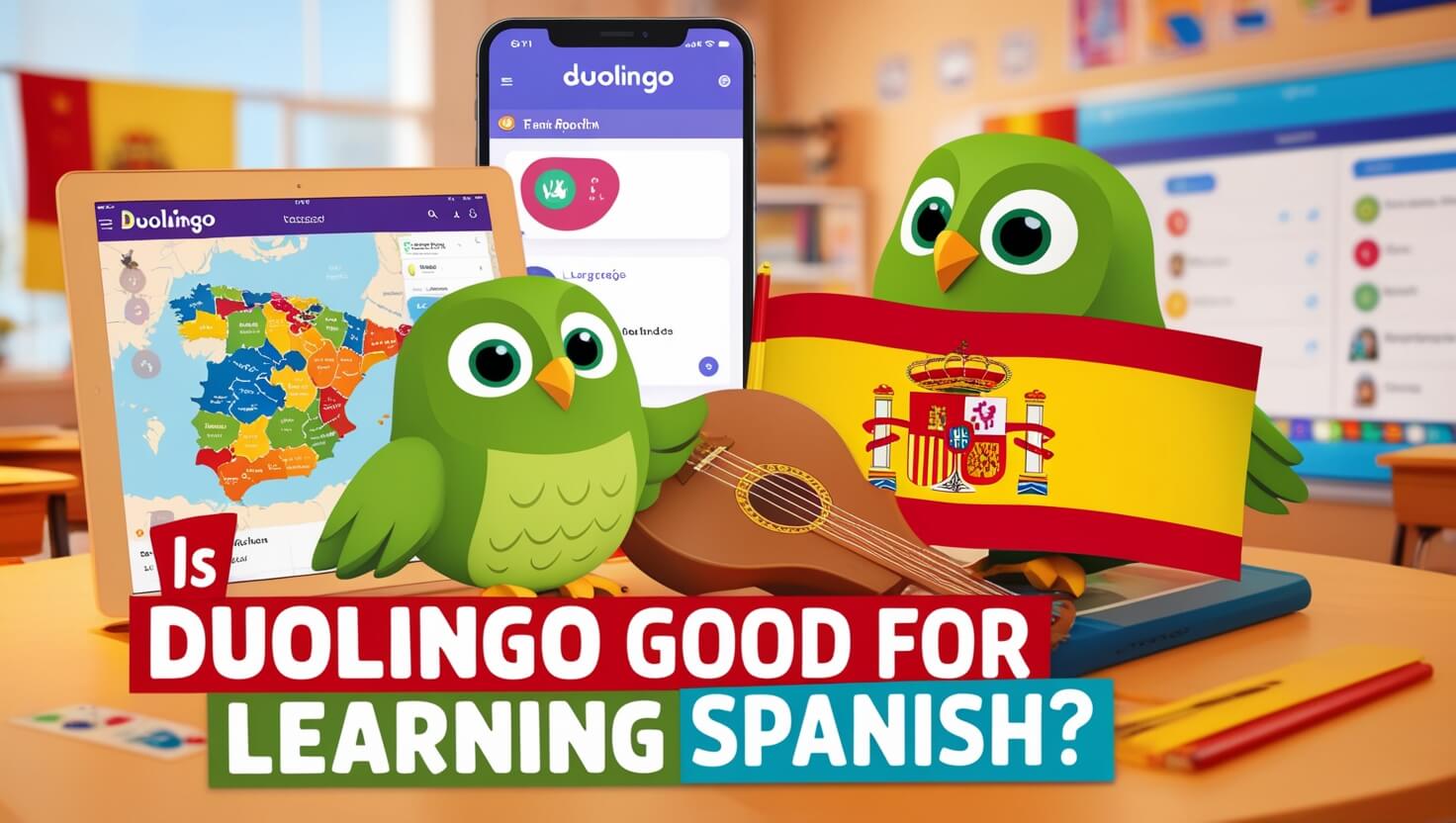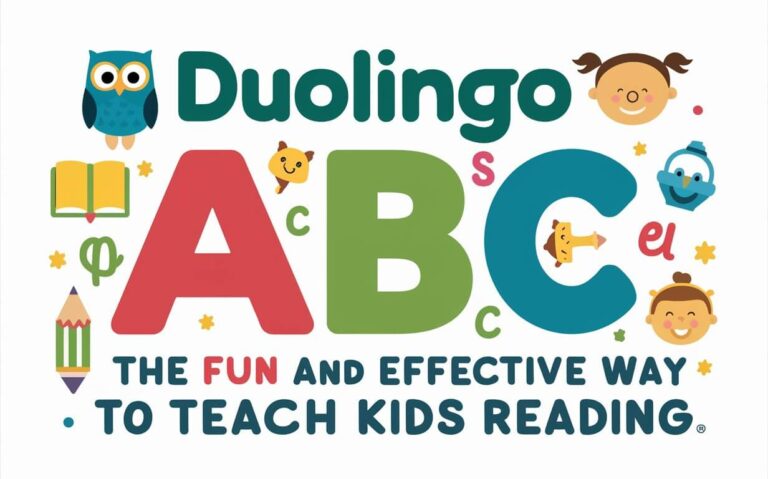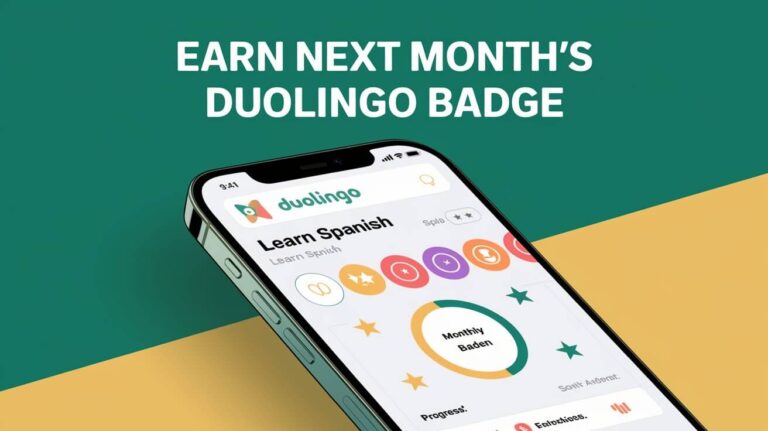Is Duolingo a good way to learn Spanish? This is a question many language learners ask themselves when considering the popular language learning app. Duolingo has become one of the most widely used platforms for learning new languages, including Spanish. However, the effectiveness of Duolingo for comprehensive Spanish acquisition is a topic of much debate.
In this in-depth article, we’ll explore the pros and cons of using Duolingo to learn Spanish. We’ll dive into Duolingo’s approach to language learning, analyze its strengths and limitations, and discuss strategies for optimizing its effectiveness for Spanish learners. Whether you’re a beginner looking to get started or an intermediate learner seeking to improve your skills, this article will provide you with a thorough understanding of Duolingo’s suitability for your Spanish language goals.
Understanding Duolingo’s Approach to Learning Spanish
Duolingo is a free, gamified language learning platform that uses a “learning by doing” approach. The app’s lessons are designed to be quick, engaging, and fun, with a focus on repetition and reinforcement of vocabulary and basic grammar concepts.
At the core of Duolingo’s Spanish program are short, 5-10 minute lessons that cover a variety of topics, from greetings and everyday conversations to grammar rules and cultural aspects. These lessons typically involve a combination of exercises, such as translation, word matching, and sentence completion.
One of Duolingo’s key features is its use of spaced repetition, where learners are prompted to review previously learned material at regular intervals. This helps to solidify vocabulary and grammatical structures in the user’s memory.
The app also incorporates a points-based system, where learners earn experience points (XP) and virtual currency (called “lingots”) for completing lessons and maintaining daily streaks. This gamification element is designed to keep users motivated and engaged in their language learning journey.
Duolingo’s Strengths for Learning Spanish
Accessibility and Affordability
One of Duolingo’s biggest strengths is its accessibility and affordability. The app is available for free on both desktop and mobile devices, making it accessible to a wide range of learners. This low barrier to entry allows users to explore the app and start learning Spanish without any financial commitment.
Engaging and Consistent Practice
Duolingo’s gamified approach to language learning is often cited as one of its most appealing features. The short, interactive lessons and the points-based system help to keep users motivated and engaged, encouraging them to practice consistently.
Vocabulary Building and Retention
Duolingo excels at building a solid vocabulary foundation. The app’s repetitive exercises and spaced review system help learners internalize new words and phrases, making it easier to recall them in the future.
Supplementing Other Learning Resources
While Duolingo may not be a comprehensive solution for learning Spanish, it can be an excellent supplementary tool. Many learners use Duolingo alongside other resources, such as textbooks, language classes, or immersive media, to reinforce and expand their language skills.
Limitations of Duolingo for Comprehensive Spanish Learning
Lack of Focus on Grammar Instruction
One of the primary criticisms of Duolingo’s Spanish program is its relatively light treatment of grammar instruction. The app’s approach focuses more on vocabulary acquisition and sentence-level translation, rather than providing in-depth explanations of grammatical concepts.
Insufficient Conversational Practice
Duolingo’s lessons are primarily designed for reading, writing, and listening comprehension. They offer limited opportunities for learners to practice speaking and engaging in conversational Spanish, which are essential skills for true language fluency.
Cursory Nature of Lessons
While Duolingo’s short, bite-sized lessons are convenient and engaging, they can sometimes feel cursory and lacking in depth compared to more comprehensive language learning programs. Learners may find themselves needing additional resources to fully grasp certain topics or skills.
Challenges with Navigation and Review
The recent update to Duolingo’s learning path has made it more difficult for users to navigate and review past lessons. The linear structure of the path can make it challenging to find and revisit specific content, which can be frustrating for learners who want to reinforce their knowledge.
Improving Duolingo’s Effectiveness for Spanish Learners
Combining Duolingo with Other Learning Methods
To maximize the effectiveness of Duolingo for learning Spanish, it’s recommended to use the app in conjunction with other language learning resources. This can include textbooks, language classes, conversation practice with native speakers, and immersive media like podcasts, TV shows, and books.
Optimizing the User Experience for Better Navigation and Review
Duolingo could improve its user experience by providing more intuitive navigation and better tools for reviewing past lessons. This could include collapsible unit headers, progress tracking, and the ability to quickly access specific content within the learning path.
Enhancing Duolingo’s Grammar Instruction and Conversational Practice
To address the app’s limitations in grammar instruction and conversational practice, Duolingo could consider incorporating more comprehensive grammar explanations and opportunities for learners to engage in realistic dialogues and speaking exercises.
Conclusion
Is Duolingo good for learning Spanish? The answer is not a simple yes or no. Duolingo can be a valuable tool for beginner and intermediate Spanish learners, providing an accessible, engaging, and consistent way to build vocabulary and reinforce language concepts. However, it should not be relied upon as a standalone solution for comprehensive Spanish acquisition.
To get the most out of Duolingo, it’s best to use it as a supplementary resource, alongside more thorough language learning programs, immersive practice, and targeted instruction in grammar and conversation. By combining Duolingo with other effective learning methods, Spanish learners can create a well-rounded language learning experience that caters to their specific needs and goals.
Ultimately, the effectiveness of Duolingo for learning Spanish will depend on the individual learner’s preferences, learning style, and language goals. By understanding the app’s strengths and limitations, learners can make an informed decision on how to best incorporate Duolingo into their Spanish language learning journey.







